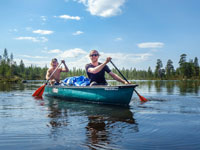
Canoeing is a wonderful outdoor adventure. Paddling on the water can feel like a world away and gives a great chance to disconnect from the everyday.
Whether you’re new to canoeing but looking for a getaway in a remote location, a family wanting to introduce the kids to the wonders of the outdoors but stay in a more rural area or a hardened outdoor adventurer looking for some wilderness – we have something for you.
For those newer to canoeing, here are a few regular questions we get asked and some tips to help you get started:
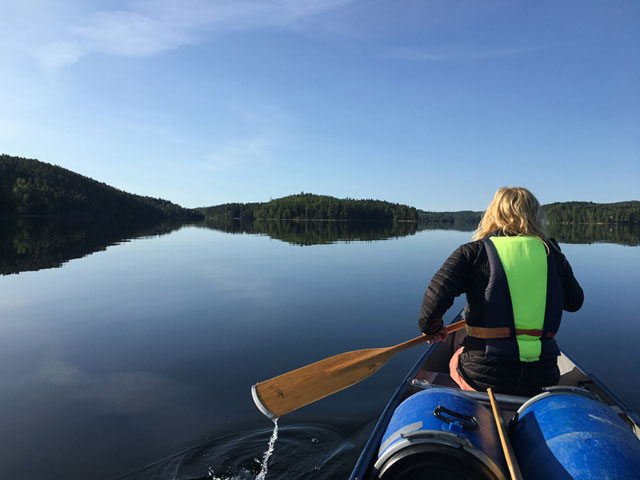
How to paddle a canoe
Normally, you’ll be two persons in a canoe.
The person sat at the back is the one doing most of the steering and with the main muscles. Work together to paddle on opposite sides of the boat to keep going forward in a straight line. Keep paddling on “your” side until one of you decides they would like to change sides, then both swap at the same time.
Don’t both paddle on the same side of the canoe if you want to go in a straight line. You will zig-zag your way along and need to change sides every few strokes, making forward progress much harder and more frustrating than it needs to be.
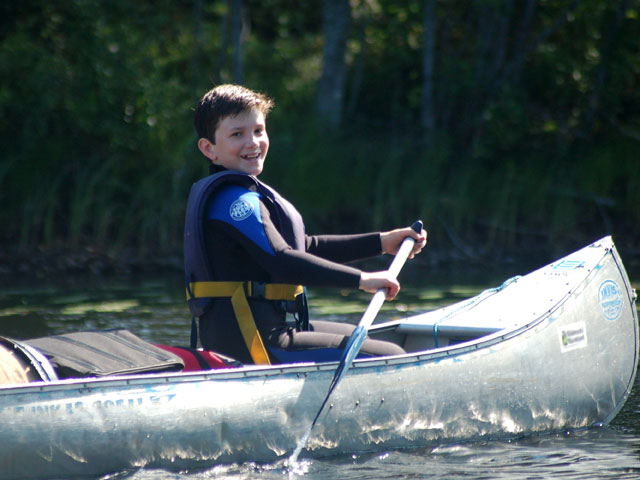
The paddle has a T-shaped handle on one end and the blade on the other. Take the paddle by the T with one hand and the other should be placed on the shaft closer to the blade – the blade goes into the water on the opposite side from the hand that is holding the T.
Reach forward and dunk the paddle into the water a little forward of where you’re sitting and pull back towards the rear of the canoe in a straight line. Switch sides when you get tired and always change at the same time so that you are each paddling on a different side.
Try to use your core muscles as well rather than just your arms – you’ll get tired less quickly.
Make the most of your paddle stroke, but take the blade out of the water before it goes too far behind you and starts to drag.
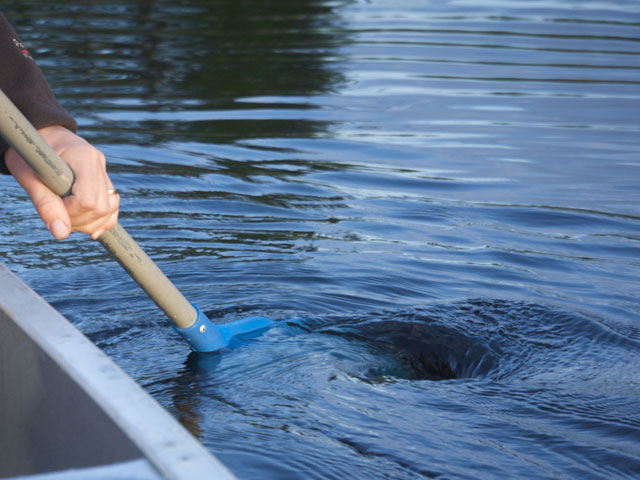
You can of course also paddle backwards – useful when reversing out from or backing into a launching/landing spot!
Steering/Turning:
Let the person at the back do most of the steering. The person at the front should concentrate on forward paddling.
For minor course adjustments while you’re moving forward, the person at the back can use their paddle like a rudder. At the end of the paddle stroke, when the blade is behind you, leave the blade in the water and rotate your wrist to turn it “edge on” to face the direction you’re travelling, adjusting the angle as necessary to turn the canoe left or right.
For a gentle turn, put the blade into the water further away from the canoe, making a wide stroke like a semi-circle or a D shape, and you’ll turn gently towards the opposite side that you are paddling. The wider your stroke, the more you will turn.
For larger turns, such as when launching or landing, put the blade into the water just behind you and push away and to the front of the canoe. Called a “J” turn, this will turn you sharply towards the same side that you are paddling. This will also slow you down.
Where will I camp?
That’s up to you! Depending on the tour you’re doing, this may be wild camping (within the Rights of Public Access) so you’ll just pick a nice spot you like the look of for the night – finding your own perfect campsite can be very satisfying.

Suggestions might be made in some cases but it’s also important that guests camp in a range of different locations when wild camping is the option in order to minimise impact on the local environment.
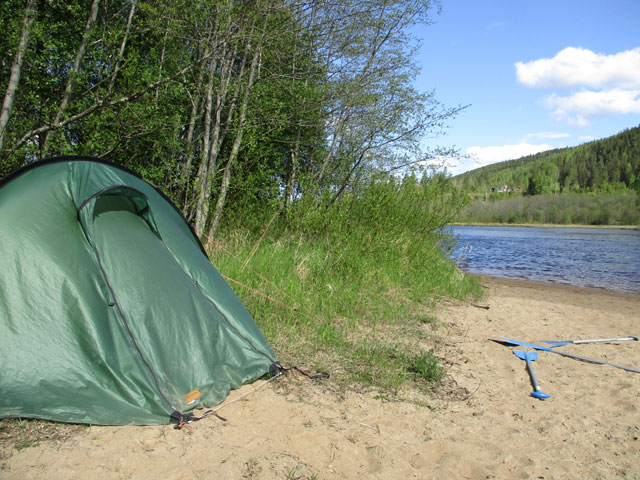
In other places, there are designated camping spots along your route where you camp. There will be a number of options so you can choose which one you want to stay the night at and on some tours there may even be a cabin to stay at, such as on our Tar Route canoe tour. These are looked after by the local authority and you leave them as you find them.
How far will I paddle each day?
This is a very tricky question to answer as it depends on a number of factors.
All of our tours are intended to have relatively easy distances to cover in the time available and for some tours it is better to think of places you want to explore rather than the distance you need to travel.
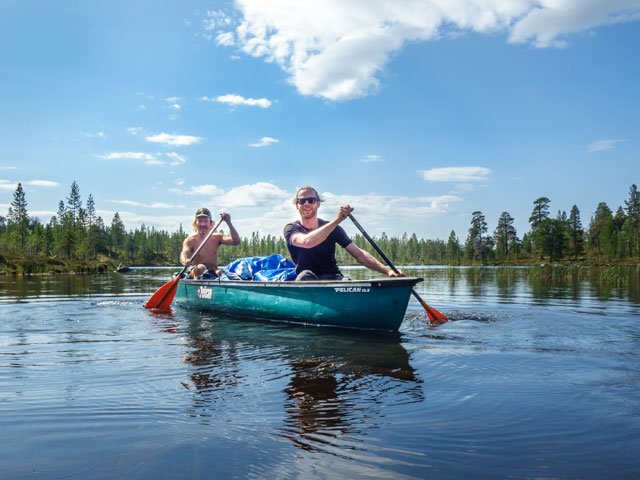
You are on holiday after all, so you may be the type of person who would like an easy paddle, to take a look at the wildlife and stop for a long lunch at a nice little bay you found.
Or, you may be on a mission and want to reach your intended end point as quickly as possible and then you can relax once you’ve landed and set up camp.
Weather plays a crucial role – some days the sun will be out and the water like glass so you’ll cover a huge distance. Other days you might have the wind in your face and you feel like you’ve only travelled a few metres before the heavens open and you just want to reach the nearest wind shelter! But it’s all part of the fun.
Paddling in challenging weather
When out in nature, you are at the mercy of the weather. We of course hope that you have sunshine throughout your tour, but it’s best to be prepared for all weather conditions.
Have your waterproofs handy if it does decide to rain – but that doesn’t have a big impact on your paddling, you mostly just get soggy.
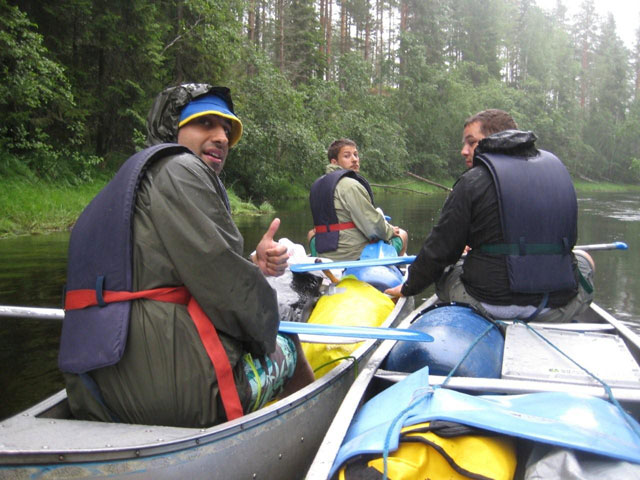
The wind however, can make paddling very challenging. You may feel like you just want to go in a straight line to where you’re heading as quickly as possible, but take the long way if necessary and keep near to the shore so you have some protection from the wind. It’ll make life a bit easier plus it’s also a lot safer.
Once you’ve landed, remember to pull your canoe completely out of the water and turn it over, so if it does rain in the night, you don’t wake up to a boat full of water.
What happens if it rains? How to stay comfortable on a soggy canoe tour.
Dry bags. Waterproofs. And a bit of planning.
Dry bags are super handy for any outdoor adventure and can be purchased cost-effectively from most outdoor equipment stores. It’s easiest to pack all your clothes, sleeping bags and electronics in dry bags, but if you don’t have that many, make sure you’ve packed at least one set of clothes, towel, a warm pair of socks and pjs, so once you’ve landed and set up your tent, you can get dry and warm.
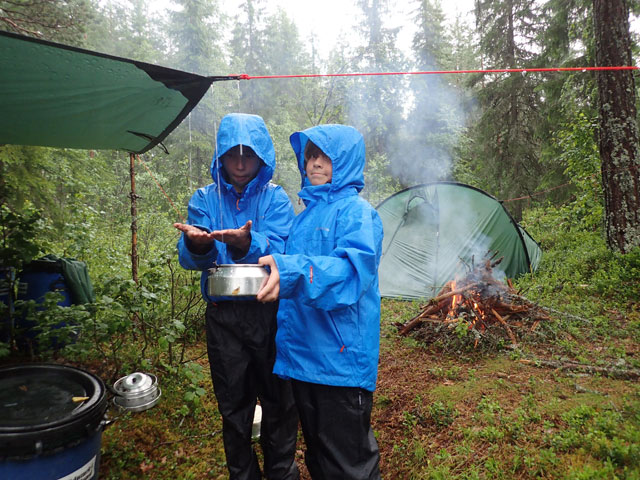
There will be water in your canoe. Even on the sunniest of days, paddle splashes will bring a little in, so a tarpaulin is useful for covering your belongings in the canoe.
Hot drinks – a cuppa soup is a good way to get a bit warmer and put something in your belly quickly. Being hungry is not fun and it’s hard to think clearly when your tummy is grumbling. Having something warm and comforting to drink is a good idea when you’ve finished paddling for the day and you want to rest for a few minutes before you work out where to pitch your tent.
Snacks are also a good idea to keep nearby in your canoe. If you’re having a tough day paddling, sometimes stopping and having something quick and easy to eat can give you that extra bit of energy required to get across that lake to the wind shelter you’re aiming for.
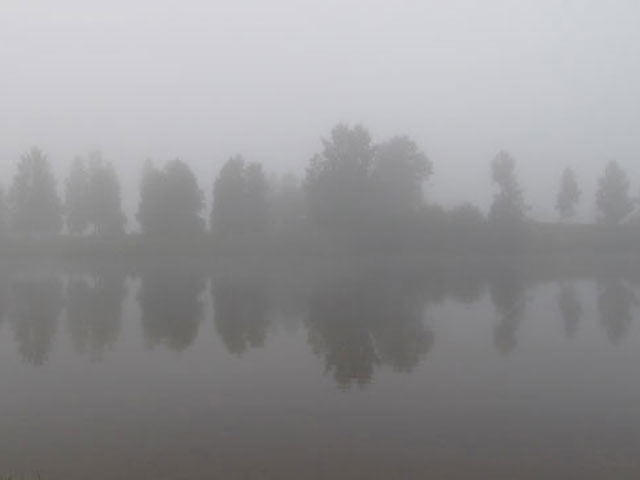
Bring some cards and a good book. One solution is to wait out the weather. If you know there’s going to be a particularly bad patch of weather, you can hunker down for the day and plan to cover the distance by doing a longer paddle once it’s cleared.
What to wear on your feet?
Footwear that can get wet and stay on your feet. I live in my flip flops during the summer but they’re terrible for jumping in and out the water, they just slip about and fall off.
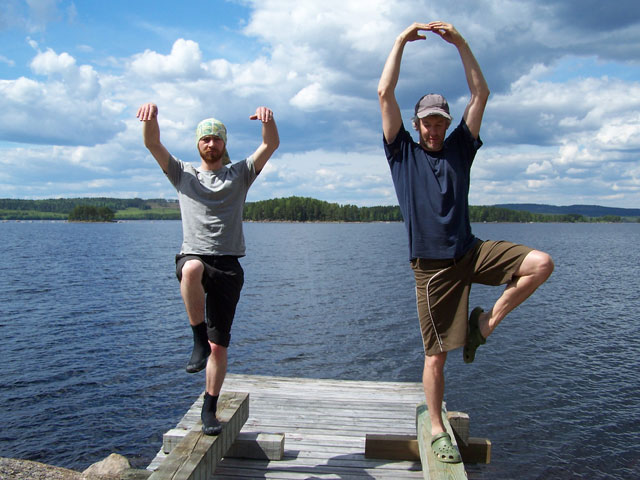
Sandals, water shoes, crocs, dive/neoprene boots, anything that’ll stay on your feet in the water. You’ll be jumping in and out the water to give your canoe a pull to bring it in or a little shove when you set off for the day.
Take a pair of boots to walk in once you’re on dry land, you might even want to spend some time exploring the area on foot.
Going to the toilet
The Nordic countries are wonderful for outdoor activities and on the majority of our tours, you’ll find the occasional dry wilderness toilet on your travels and these should be used when possible.
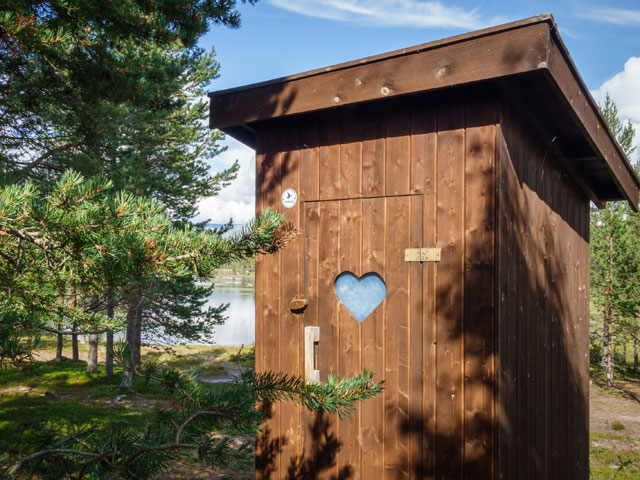
Otherwise, when nature calls, you go in the wild.
Number ones are simple but take a small trowel/spade for burying your number twos. Take a walk away from camp and make sure you’re well away from any water sources. Dig a small hole, do your business and when you’re done find a stick and mix in a little earth to help with decomposition, then cover it up. Make sure it’s well covered – you wouldn’t want to see where others have gone before!
What do I do with my rubbish/recycling?
Take it with you! Everything you’ve taken on your tour should come back with you, so it’s a good idea to keep recyclables separate from your rubbish so it’s easier to sort out when you’ve finished.
What about drinking water?
You need to make sure you stay hydrated when being active in the outdoors.
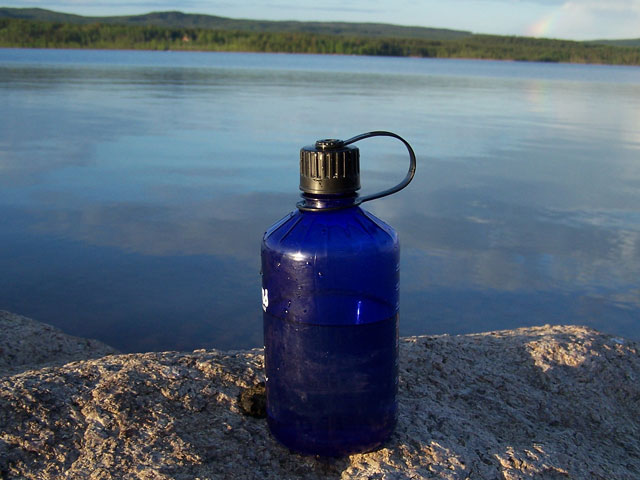
Take a water container if it’s not included in the equipment provided and fill that up before you set off. Some of our tours are in areas where you can drink water straight from flowing sources, or you may wish to boil or purify the water before you drink it and this would be recommended in areas where you can’t find a flowing water source or near a town/village.
If you have any more questions about our canoe tours, please get in touch and we’ll be happy to help!
